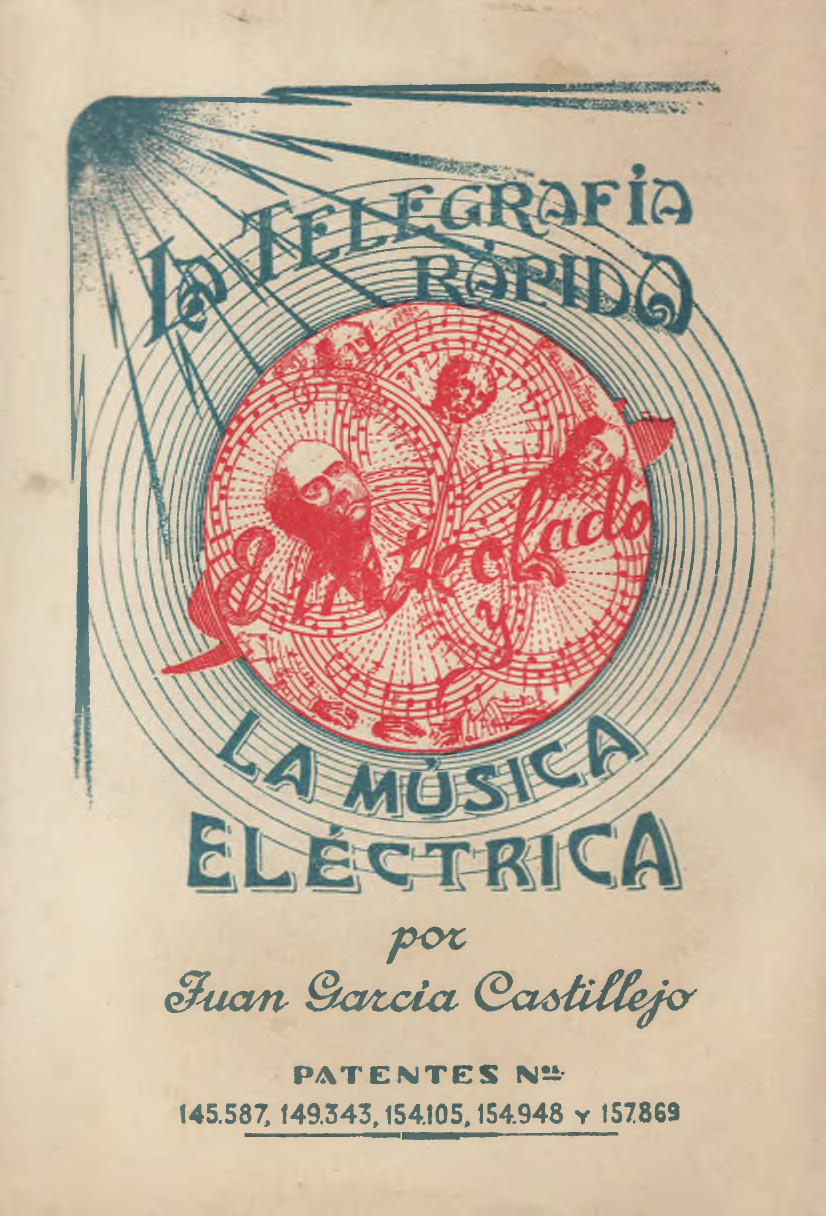Christof Migone: Sonic Somatic: Performances of the Unsound Body (2012)
Filed under book | Tags: · art criticism, body, language, noise, performance, sound art, space, speech, voice

“This book delineates a territory of investigation for sound art and its various manifestations through historical, theoretical, polemical and critical analyses of artistic, musical and literary works. In doing so, Migone gives radical definition to an auditory study that includes the complexity of silence and mutism, identity and abjecthood, and language and its stutterances. The recurring site of these stagings is the somatic under all its forms: embodied and disembodied, fragmented and amplified, vocal and mute.
Concrete sites that are investigated include: Antonin Artaud’s writings, Alvin Lucier’s recording I am sitting in a room, Erik Satie’s composition Vexations, Marina Abramovic’s performance “Rhythm 0”, Adrian Piper’s Untitled Performance for Max’s Kansas City, Melville’s short story Bartleby, the Scrivener, Bob Connolly and Robin Anderson’s documentary film First Contact, and John Cage’s 4’33.”
Publisher Errant Bodies Press, Los Angeles & Berlin, 2012
Audio Issues series, 5
ISBN 9780982743942, 0982743947
296 pages
via author
Reviews: Daniela Cascella (The Wire, 2012), Alessandro Ludovico (Neural, 2013), Chris Kennedy (MusicWorks, 2013), Silvana Fiorese (Domus, 2013).
PDF (5 MB)
Comment (0)Juan García Castillejo: Fast Telegraphy, the Trikeyboard and Electric Music (1944) [Spanish]
Filed under book | Tags: · electricity, library, music, sound, speech, telegraphy, typewriter

In this curious book, a Spanish priest proposes to combine the developments in telegraphy, teleprinter keyboards, typewriters and “electric music”. He describes how in the 1930s he built and perfected an ”electro-composition device”, equipped with lamps, transformers, capacitors, resistors, dozens of speakers and several engines.
He intended to cause the perforations in the telegraphic tape to be automatically selected by different engines that would trigger the various sound tracks recorded, and thus cause each of the “books on the perforated tape” to become an “audio book”. The purpose behind this idea was to enable the future creation of “spoken libraries” and “speech archives” in which the item being searched for could be instantly found. He performed practical experiments by means of a radio station where he managed to make the radio transmitter “speak automatically”, repeatedly broadcasting random announcements without anyone being present. He also intended this “talking device” to become an electric orchestra that composed “a music of chance configurations that was subjected to a number of panels governing its harmonic possibilities”, as well as bearing in mind the multiple possibilities that it offered in the field of improvisation.
Castillejo wrote several essays for a humour section of a radio magazine, which would imply that a concert was going to be broadcasted, when in fact it was the electro-composer instrument. In 1933, the director of Unión Radio, in Valencia paid him a visit him in order to evaluate how feasible its implementation in the radio station would be, although, due to the cost and difficulty in “providing a constant voltage for an electric demand that varied according to the use of a greater or lesser number of musical notes”, the project was shelved and fell into oblivion, and, with it, the contribution of the author. (from a summary by Miguel Molina Alarcón, 2006, pp 16-17)
Since 2008, Premio Cura Castillejo, a major Spanish award for sound art and experimental music is named in his honor.
La telegrafía rápida: el triteclado y la música eléctrica
Published in Valencia, 1944
347 pages
via Anna / Ràdio Web MACBA, via Ccapitalia.net
Commentary (Miguel Molina Alarcón, 2006, in English, pp 16-17)
Commentary (Miguel Molina Alarcón, 2006, in Spanish)
Commentary (Adolfo García Yagüe, 2014, in Spanish)
Tribute concert announcement (2013)
Stewart Brand: The Media Lab: Inventing the Future at MIT (1987)
Filed under book | Tags: · artificial intelligence, communication, computer graphics, computing, human-computer interaction, information, media, music, new media, programming, publishing, robotics, science fiction, speech, technology, television

A magical mystery tour through the world of MIT’s Media Laboratory, then headed by Nicholas Negroponte and in its third year of existence. Chapter 11 develops the dictum “information wants to be free.”
Publisher Viking, New York, 1987
ISBN 0670814423
285 pages
Review (Visual Resources, 1989)
Review (AI Magazine, Lee S. Brownston, 1990)
PDF (50 MB, updated on 2014-3-26 to an OCR’d version via Marcell Mars)
Comment (0)
